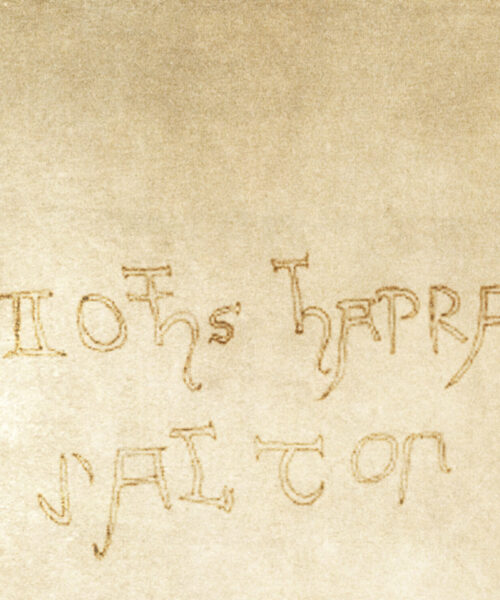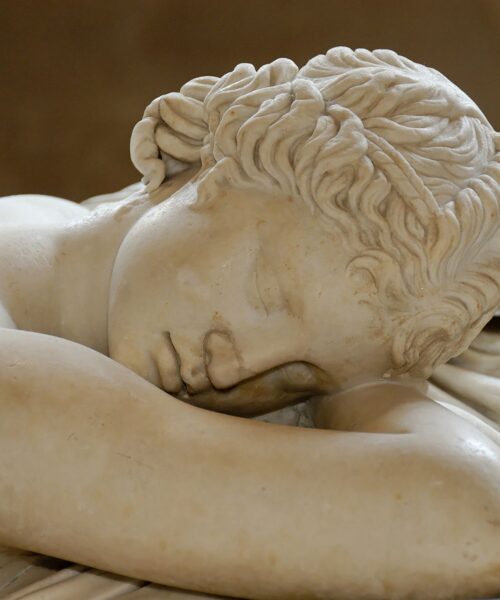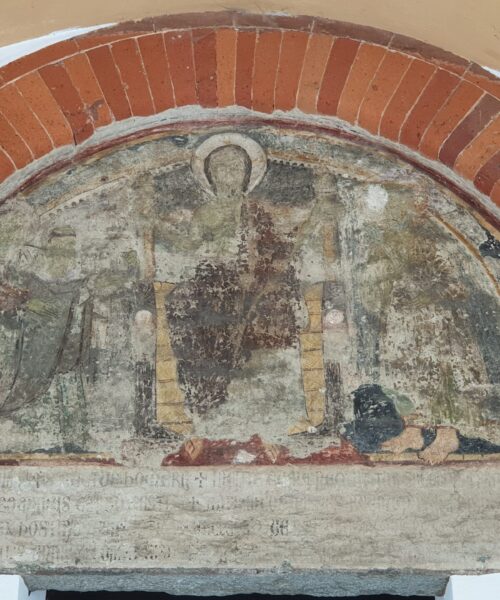On May 1st, we not only celebrate a holiday but also honor a powerful symbol of social achievements and workers’ rights, evoking vivid images like Giuseppe Pellizza da Volpedo’s painting “The Fourth Estate.” This masterpiece has become an icon of the fight for social justice and social painting, a term rooted in the historical movements of Romanticism and later Naturalism.
The celebration of Labor Day in Europe was formalized in Paris in 1889 by delegates of the Second International and later introduced in Italy in 1891. However, during the Fascist era, the holiday was moved to April 21 to coincide with the founding of Rome, only to be restored to May 1st after World War II, solidifying its importance as a national day of rest.
Pellizza da Volpedo’s art reflects a deep sense of empathy and social critique, typical of many artists of his time. In a broader context, figures like Eugène Delacroix with his “Liberty Leading the People” and writers like Victor Hugo and Emile Zola used their works to highlight injustices and promote social change. These artists, through their paintings and writings, brought to light the struggles and aspirations of the working classes.
Specifically, “The Fourth Estate” is not only an artistic masterpiece but also a political and social manifesto. Its creation was long and intense, with countless preparatory sketches and photographs helping Pellizza perfect every detail, from facial expressions to the overall composition, culminating in a work that conveys a message of strength and dignity.
The painting, with its imposing dimensions, creates an almost tangible experience for viewers, who find themselves face to face with the depicted figures, feeling their determination and desire for respect. “The Fourth Estate” not only captures a moment of struggle but embodies the spirit of an era, closely linked to real events like the 1906 march of the rice weeders, vividly remembered by Andrea Tarchetti, reflecting workers’ determination to claim their rights.
Through these artistic and historical narratives, we can appreciate the profound interconnection between art, history, and social struggle, which continues to inspire and inform current and future generations about the importance of solidarity and social justice.

















